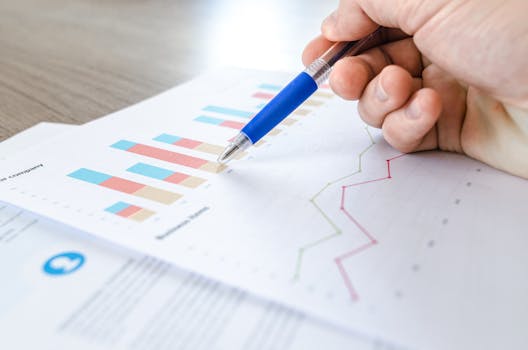How to Leverage Big Data for Market Forecasting
The utilization of data has revolutionized the way businesses function providing invaluable insights into market trends and consumer behavior. By examining data sets companies can make well informed decisions anticipate future trends and equip themselves with the necessary tools to stay competitive. The advantages of utilizing data for market prediction extend beyond large corporations to include small businesses and startups. Understanding how to leverage this technology can revolutionize your approach to market analysis and business strategy.
Understanding the Concept of Big Data
Data encompasses vast amounts of structured and unstructured data that are continuously generated. This data originates from sources like social media platforms transaction records and various sensors. The key characteristics defining data are volume, velocity and variety. Volume refers to the quantity of data available; velocity indicates the speed at which new data is created and processed; while variety pertains to the diverse types of available information.
To interpret this wealth of information effectively businesses utilize analytical techniques such, as machine learning algorithms, natural language processing and statistical methods. Through the application of these methodologies companies can uncover patterns and correlations that would be challenging to identify through manual processes.
Exploring Tools for Big Data Analysis
Numerous tools and platforms have been created to assist companies in analyzing big data. Some known options include;
- Apache Hadoop: A framework that is open source and allows for the distributed processing of large data sets across computer clusters.
- Spark: A cluster computing system that is fast and versatile offering a way to program entire clusters with implicit data parallelism and fault tolerance.
- Tableau: An effective tool for visualizing data that helps convert raw information into a format that is easy to comprehend.
These tools empower businesses to process and analyze extensive datasets providing valuable insights that can steer strategic decision making.

Steps for Utilizing Big Data in Market Prediction
- Establish Goals: Clearly define the objectives you wish to accomplish through your market prediction endeavors whether it involves forecasting sales trends or understanding customer preferences.
- Gather Pertinent Data: Collect data from sources, like social media, customer transactions and market analyses while ensuring its accuracy and timeliness.
- Analyze the Data: Utilize analytics tools to process the data and detect patterns that can inform your market predictions.
- Interpret Findings: Grasp what the analyzed data reveals about market scenarios leveraging these insights to make well informed business choices.
- Strategic Implementation: Develop plans that match anticipated market trends based on your research. Regularly. Adjust these strategies according to new information.
The Significance of Machine Learning in Predicting Market Trends
Machine learning plays a role in analyzing vast amounts of data for market predictions. By teaching algorithms using data these systems can forecast future patterns with great precision. As machine learning models are exposed to data over time they continually enhance their predictive abilities.
One typical use of machine learning in market forecasting is sentiment analysis. Through examining media posts reviews and other written content machine learning models can assess public sentiment toward a product or service. This insight is invaluable for anticipating market shifts.
Practical Applications
The utilization of data for market forecasting goes beyond theory; numerous companies have effectively applied these methods to gain a competitive advantage;
- Retail Sector: Companies such as Amazon utilize data analytics to anticipate consumer trends and streamline inventory management.
- Financial Industry: Financial organizations use data to predict stock prices and improve risk management.
- Healthcare Field: Big data aids, in foreseeing disease outbreaks. Optimizing healthcare resource allocation.
| Industry | Application | Outcome |
|---|---|---|
| Retail | Trend Prediction | Improved Inventory Management |
| Finance | Stock Price Forecasting | Better Risk Management |
| Healthcare | Disease Outbreak Prediction | Efficient Resource Management |
Looking ahead the evolution of market forecasting with data will continue to enhance the accuracy and reliability of predictions. The integration of real time data will enable businesses to make decisions based on current market conditions.
Moreover the accessibility of data tools is increasing, allowing even small businesses to benefit from powerful analytics platforms without major investments. This shift will create a more level playing field in the business landscape by enabling companies of all sizes to compete through the use of big data insights.
The strategic utilization of data for market forecasting provides numerous advantages for businesses looking to drive growth and stay competitive. By mastering the collection, analysis and interpretation of amounts of information companies can make better informed decisions that propel their success.
Whether you're a startup seeking entry into markets or an established enterprise striving to maintain its competitive edge investing in leveraging big data, for market forecasting is a valuable strategy worth pursuing.